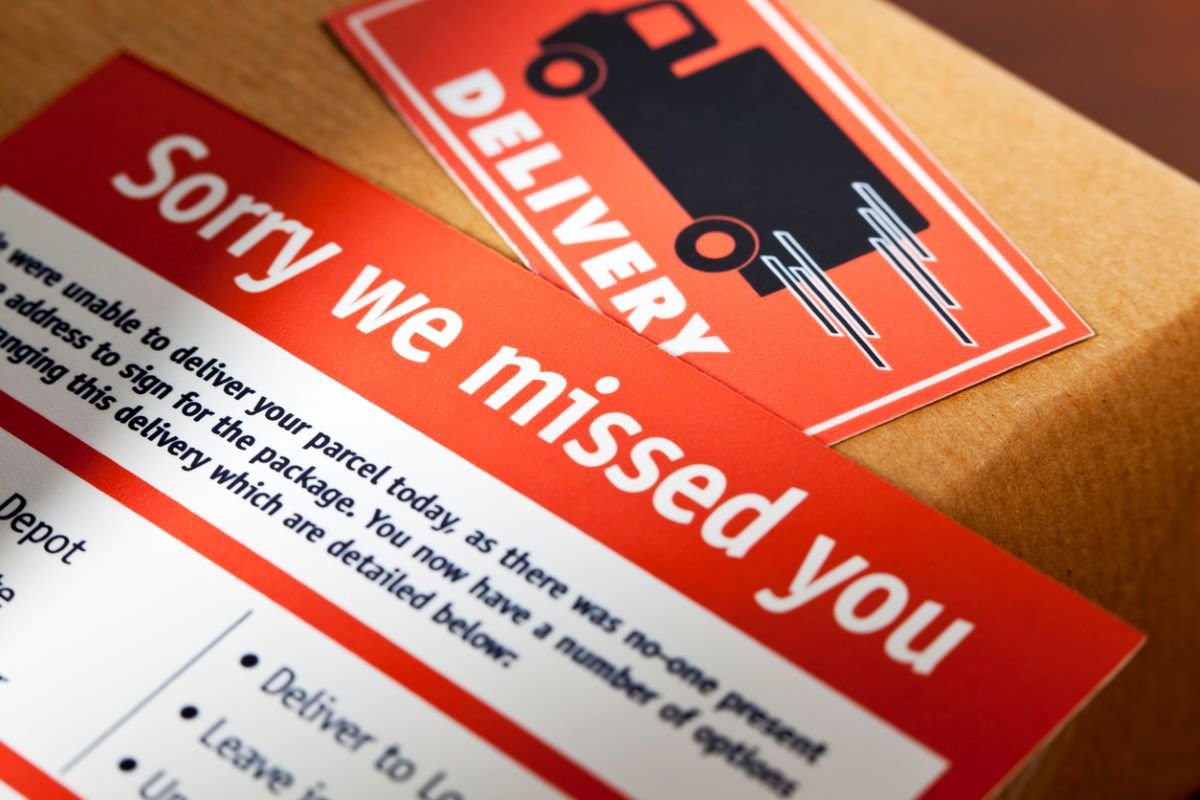Common Delivery Issues And How To Deal With Them
Navigating the intricacies of parcel delivery can be a challenging task for businesses. From missed deliveries and late arrivals to damaged goods and high shipping costs, many issues can arise in the process.
However, these common delivery issues can be effectively managed with the right strategies and practices, ensuring a seamless and satisfying customer experience.
This article delves into 20 common delivery problems and provides practical solutions for handling them efficiently. With these insights, businesses can optimize delivery processes, boost customer satisfaction, and ultimately enhance their bottom line.
Delivery Timing Issues
1. Late Deliveries
Problem: Late deliveries can lead to customer dissatisfaction and may impact your business reputation.
Solution: Regularly review the performance of your shipping carriers. If certain carriers consistently deliver late, reconsidering your relationship with them may be worth revisiting. Additionally, use a real-time tracking system, so customers can monitor their order's progress and be informed.
2. Missed Deliveries
Problem: Missed deliveries can lead to additional redelivery costs and inconvenience customers.
Solution: Use a delivery management system to schedule deliveries at times convenient for customers. You could also consider alternative delivery methods like pick-up points or lockers where customers can retrieve their items conveniently.
3. Lack of Delivery Time Slots
Problem: A lack of specific delivery time slots can cause inconvenience for customers, leading to missed deliveries.
Solution: Partner with delivery services that offer specified time slots or implement a reservation system for customers to choose their preferred delivery time.
Package Handling Issues
4. Damaged Goods
Problem: Items getting damaged during transit lead to returns, refunds, and customer dissatisfaction.
Solution: Ensure proper packaging that protects the product during transit. Invest in training for handling goods, and consider using carriers specialising in delivering fragile items.
5. Lost Packages
Problem: Lost packages result in direct financial losses and impact customer trust.
Solution: Use reliable carriers with a proven track record. Implement a system for tracking packages throughout their journey to identify where packages might get lost.
6. Incorrect Handling of Fragile Items
Problem: Fragile items need special handling; incorrect handling can result in damaged goods.
Solution: Mark packages as fragile. Use carriers who specialize in handling fragile items and train your staff on the correct packing techniques for these goods.
Operational Challenges
7. High Shipping Costs
Problem: High shipping costs can deter customers and lower your profit margins.
Solution: Negotiate rates with carriers, consider a variety of carriers to find the best rates, and streamline your packaging process to save costs.
8. Inadequate Packaging
Problem: Inadequate packaging can lead to damaged goods and higher return rates.
Solution: Invest in high-quality, appropriate packaging materials. Train your staff on correct packaging methods.
9. Lack of Tracking Updates
Problem: Customers want to know the status of their deliveries. Lack of updates can lead to anxiety and poor customer experience.
Solution: Provide real-time tracking information to your customers through emails, SMS, or via your website or app.
10. Incomplete or Incorrect Delivery Information
Problem: Incomplete or incorrect delivery information can lead to delivery failures.
Solution: Implement a verification system at the point of order to check and correct delivery addresses. Remind customers to double-check their information.
11. Inefficient Delivery Routes
Problem: Inefficient routes can lead to delayed deliveries and higher fuel costs.
Solution: Use route optimization software to plan efficient delivery routes. Regularly reassess routes based on changes in traffic or order patterns.
Customer Service Problems
12. Poor Communication
Problem: Lack of clear communication can lead to customer confusion and dissatisfaction.
Solution: Keep customers informed about their orders at every stage, from confirmation to delivery. Implement automated notifications and ensure your customer service team is responsive and helpful.
13. Lack of Customer Support
Problem: Customers may need assistance during the ordering or delivery process. Lack of support can lead to a poor customer experience.
Solution: Ensure you have a capable customer service team available through various channels - phone, email, live chat, and social media.
14. Insufficient Redelivery Options
Problem: If a delivery attempt fails, customers need flexible options for re-delivery.
Solution: Offer various redelivery options, such as a new delivery time, pick-up from a local store or locker, or delivery to a different address.
Security Concerns
15. Unauthorized Delivery Attempts
Problem: Unauthorized delivery attempts may occur due to fraud or error, leading to lost goods or wrong deliveries.
Solution: Implement strict identity checks during delivery. Use electronic proof of delivery and ensure the courier verifies the recipient's identity.
16. Stolen Packages
Problem: Packages left unattended can be stolen, leading to losses and customer dissatisfaction.
Solution: Use signature-required service for valuable items. Also, consider alternative delivery options like lockers or in-store pickups.
Technical Glitches
17. Website or App Downtime
Problem: Downtime on your website or app can lead to lost sales and a poor user experience.
Solution: Invest in reliable hosting services and regularly monitor your website's uptime. Have a contingency plan in place for downtime periods.
18. Payment Issues
Problem: Issues with payment processing can lead to abandoned carts and lost sales.
Solution: Ensure your payment gateway is reliable and supports various payment methods. Regularly update and test your checkout process to identify and fix any issues.
19. Errors in Address Verification Systems
Problem: Address verification must be corrected to avoid incorrect deliveries and customer dissatisfaction.
Solution: Use reliable address verification software. Regularly update your database and train your staff on data entry standards.
International Shipping Issues
20. Customs and Import Duty Complications
Problem: Customs and import duties can lead to delays and unexpected costs for international shipping.
Solution: Stay updated on customs regulations. Communicate potential duties and taxes to your customers to avoid surprises. Consider using a customs broker for complex shipments.
Navigating the landscape of delivery and shipping is a complex task with many variables that can lead to many issues. Yet, each issue can be addressed and managed through technological tools, communication, continuous learning, and careful selection of partners.
The linchpin in managing delivery issues is continuous monitoring. By keeping a close eye on each stage of the delivery process, from order placement to customer receipt, businesses can identify problems early and implement solutions before they escalate. Real-time tracking, efficient address verification systems, route optimization software, and robust customer service support are some tools that can be harnessed to ensure this.
Yet, technology is only part of the solution. The human element - clear and consistent communication, staff training, and understanding the customer's perspective - is equally critical. Understanding the potential pain points for customers and proactively addressing these can significantly enhance the customer experience.
Finally, the choice of delivery partners plays a crucial role in the delivery process. Businesses must work with reliable, reputable carriers who can uphold their service standards and maintain customer satisfaction. To cater to different customer needs and situations, it's also beneficial to have diversified delivery options, such as locker pickups, in-store pickups, and specialized handling for fragile items.
In the end, while these challenges may seem daunting, they also offer opportunities for businesses to differentiate themselves. Businesses that can efficiently and effectively manage these common delivery issues can enhance their reputation, improve customer satisfaction, and drive business growth.









